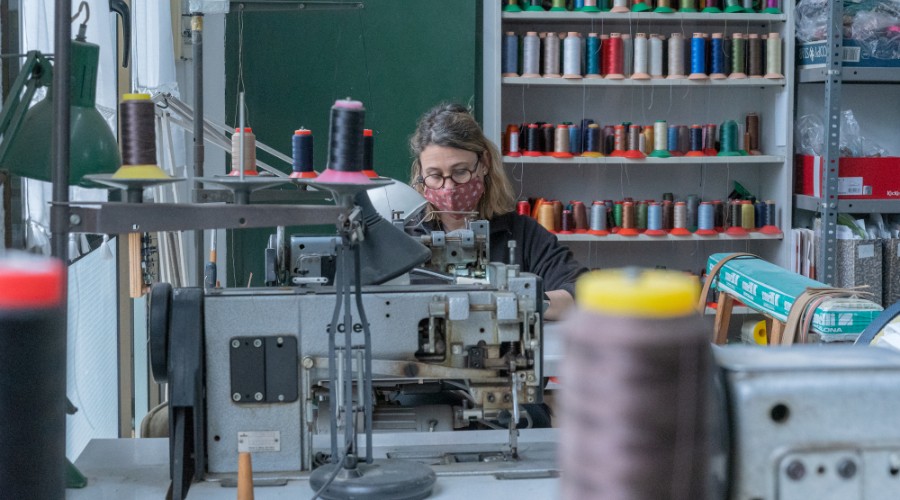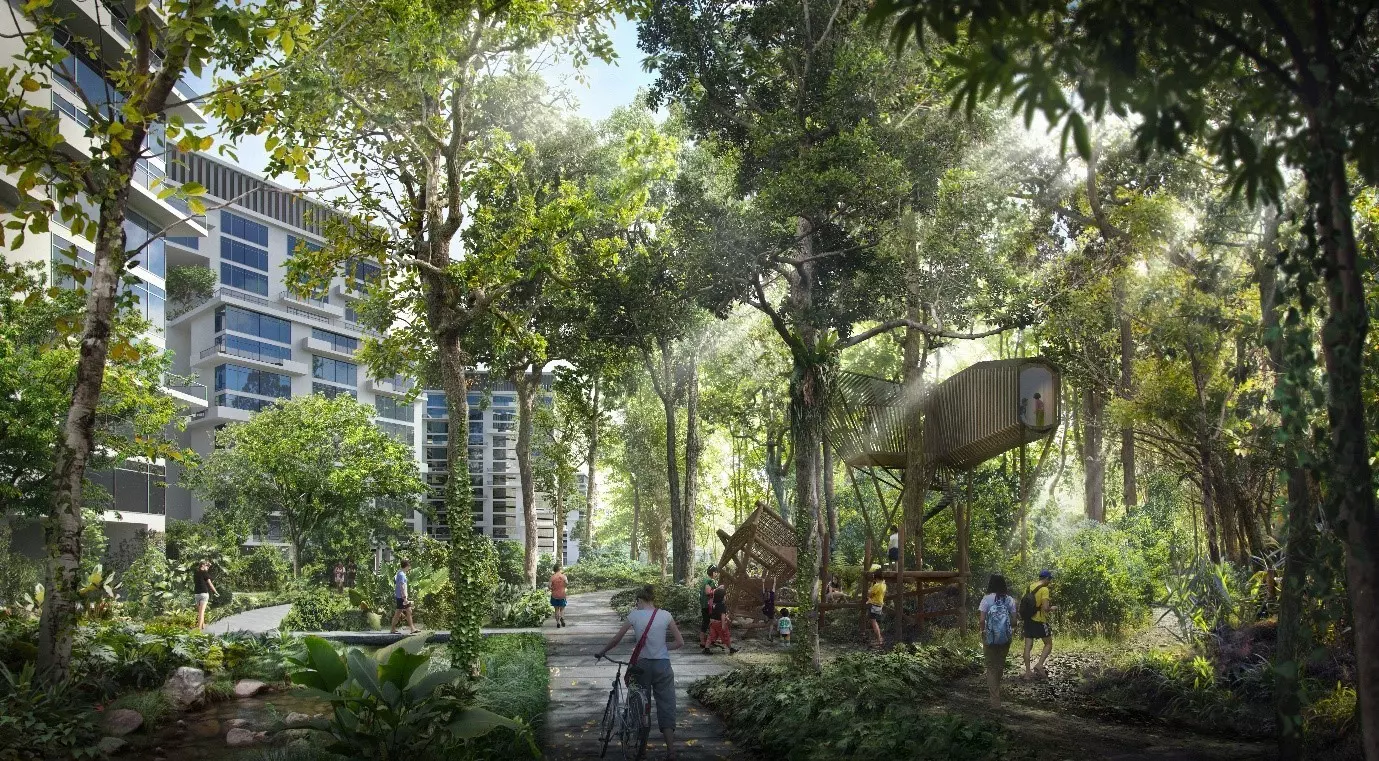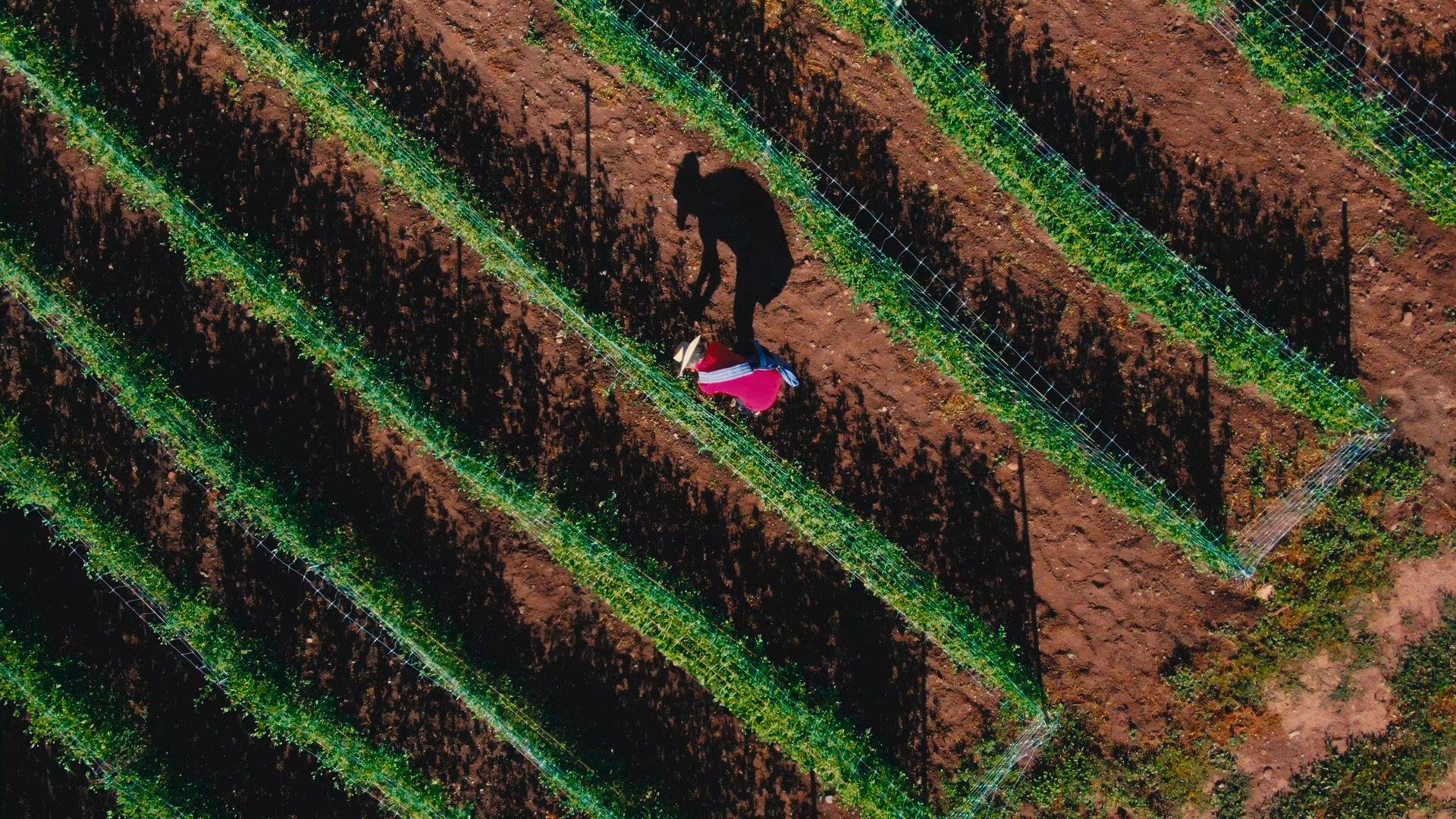Manufacturing in cities
With industrialization, and then globalization, most cities in North America and Europe have moved away from local manufacturing. This has resulted in a disconnect between making and citizens, much like the disconnect with nature, and the animals we eat. As a “consequence manufacturing only takes a little role in the urban life in European cities today, shifting the focus on services rather than production.” That’s a problem on multiple levels and there are good reasons to bring back more local manufacturing, not the least of which being resilience.





